Diet and Feeding Habits
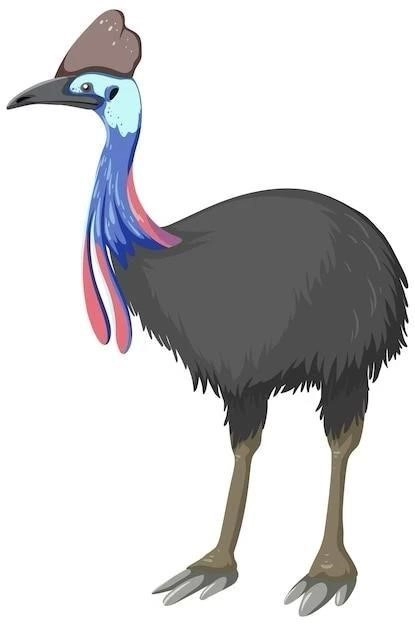
Cassowaries are primarily frugivorous, meaning their diet consists mainly of fruits. They play a crucial role in their ecosystem by consuming fallen fruit and dispersing seeds through their droppings. While fruit makes up the majority of their intake, cassowaries are opportunistic omnivores. They supplement their diet with fungi, invertebrates like insects and snails, and small vertebrates such as rodents, frogs, and even small birds.
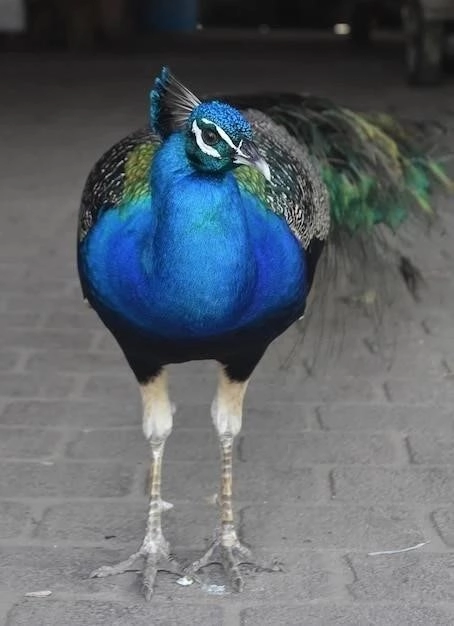
Habitat and Distribution
Cassowaries, enigmatic inhabitants of dense rainforests, exhibit a fascinating distribution pattern across specific regions of the world. Their range encompasses the tropical rainforests of New Guinea, the Aru Islands of Indonesia, and northeastern Australia. These areas provide the ideal combination of dense vegetation, humid climate, and abundant food sources necessary for cassowary survival.
New Guinea
New Guinea, the heart of cassowary distribution, boasts the highest diversity and population numbers of these remarkable birds. All three recognized species of cassowaries – the Southern Cassowary, Northern Cassowary, and Dwarf Cassowary – inhabit this island. They thrive in the island’s extensive lowland and montane rainforests, navigating through the dense undergrowth and utilizing their powerful legs to navigate the challenging terrain.
Aru Islands
The Aru Islands, a group of islands located in the Arafura Sea southwest of New Guinea, also harbor cassowary populations. While the exact species found on these islands requires further research and clarification, their presence underscores the importance of these islands in providing suitable habitat for cassowaries.
Northeastern Australia
The Wet Tropics of Queensland in northeastern Australia represent the southernmost extent of the cassowary’s range. Here, the Southern Cassowary, also known as the Double-wattled Cassowary, finds refuge in the region’s remaining rainforests. These ancient forests, remnants of a time when Australia was connected to New Guinea, provide crucial habitat for this iconic Australian bird.
Habitat Preferences
Within these regions, cassowaries display a strong preference for undisturbed, lowland rainforests. The dense vegetation provides cover from predators, while the forest floor, teeming with fallen fruit, fungi, and invertebrates, serves as their primary foraging ground. They rely on the presence of large, fruiting trees, such as figs, palms, and laurels, which form the cornerstone of their diet.
Threats to Habitat
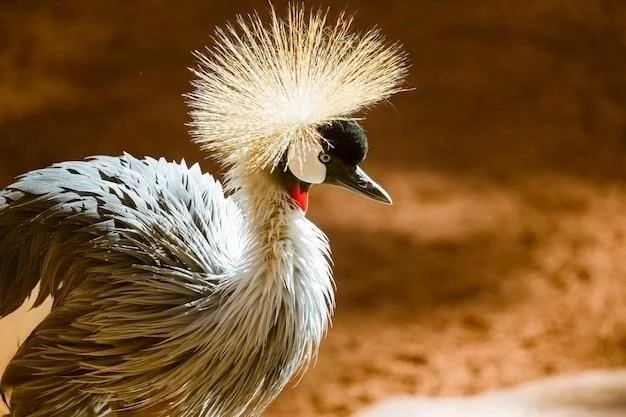
Despite their preference for remote rainforests, cassowary habitats are facing increasing pressure from human activities. Deforestation, driven by logging, agriculture, and urban development, poses the most significant threat. Habitat loss leads to fragmentation, isolating populations, reducing genetic diversity, and increasing the risk of extinction. As humans continue to encroach upon their once-pristine domains, the future of these remarkable birds hangs precariously in the balance.
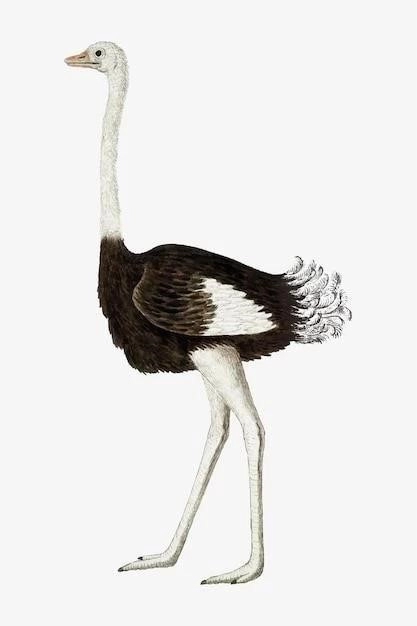
Physical Characteristics
Cassowaries are large, flightless birds renowned for their distinctive physical characteristics, a captivating blend of primal features and vibrant colors. These traits, honed by evolution, reflect their unique ecological niche and remarkable adaptations to their rainforest homes.
Size and Stature:
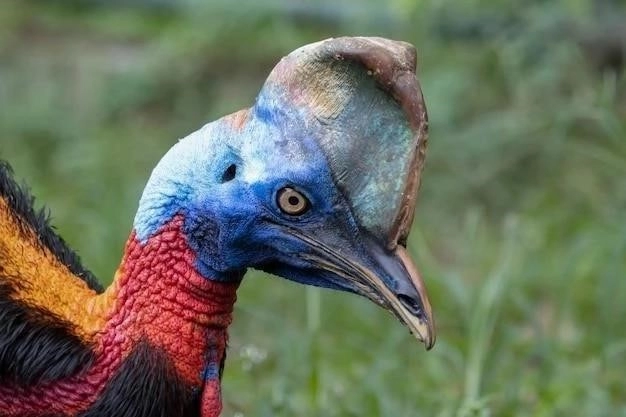
Cassowaries rank among the largest and heaviest living birds, second only to the ostrich. Adults can reach impressive heights, with Southern Cassowaries, the largest of the three species, standing up to 1.9 meters (6.2 feet) tall. Females are generally larger and heavier than males, weighing up to 58 kilograms (128 pounds). Their robust build is supported by powerful legs and sturdy feet, enabling them to navigate dense vegetation and traverse challenging terrain.
Striking Plumage:
Their bodies are covered in coarse, hair-like feathers, primarily black in color, providing excellent camouflage in the shadowy depths of the rainforest. The feathers lack the interlocking barbules found in the feathers of flying birds, giving them a distinctive, almost fur-like appearance. This adaptation aids in shedding rain and regulating body temperature in humid environments.
Prominent Casque:
Perhaps their most striking feature is the prominent bony casque, or helmet, atop their heads. The casque, composed of keratin, the same material found in human fingernails and hair, varies in size and shape among species and individuals. While its exact function remains a subject of scientific inquiry, several hypotheses have been proposed. These include aiding in vocalization, serving as a visual display for communication, and acting as a protective shield while foraging in dense undergrowth.
Distinctive Neck and Wattles:
Cassowaries possess bare, brightly colored skin on their necks and faces, varying from vibrant blue to deep red depending on the species. Two fleshy wattles, also brightly colored, hang from their necks. These wattles, along with the colorful skin patches, are thought to play a role in visual communication, potentially signaling dominance, attracting mates, or even playing a part in thermoregulation.
Powerful Legs and Claws:
Their most formidable weapons are their powerful legs and sharp claws. The inner toe on each foot bears a dagger-like claw that can reach lengths of up to 12 centimeters (4.7 inches). These claws, coupled with their strong legs capable of delivering powerful kicks, serve as a formidable defense against potential predators.
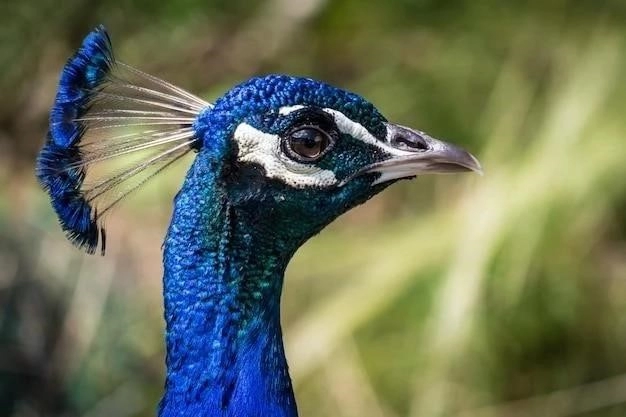
Behavior and Social Structure
Cassowaries, despite their imposing size and formidable appearance, are solitary creatures, leading largely independent lives within their rainforest domains. Their behavior, shaped by millions of years of evolution, reflects their adaptation to a solitary existence in dense and often challenging environments.
Solitary Habits:
Outside of the breeding season, cassowaries live solitary lives, with individuals maintaining distinct territories that they defend vigorously from rivals. These territories can vary in size depending on the availability of food and resources, with larger territories required in areas where food is more sparsely distributed.
Vocal Communication:
While generally silent birds, cassowaries possess a surprising vocal repertoire. They communicate using a variety of deep, guttural calls, often described as booming or rumbling sounds. These calls can travel considerable distances through the dense rainforest, signaling their presence to potential mates or rivals.
Breeding and Parental Care:
Breeding season for cassowaries varies depending on the species and location, typically coinciding with periods of abundant fruit availability. During this time, males establish display areas within their territories, clearing vegetation and engaging in elaborate courtship rituals to attract females. These displays may involve head bobbing, feather ruffling, and vocalizations.
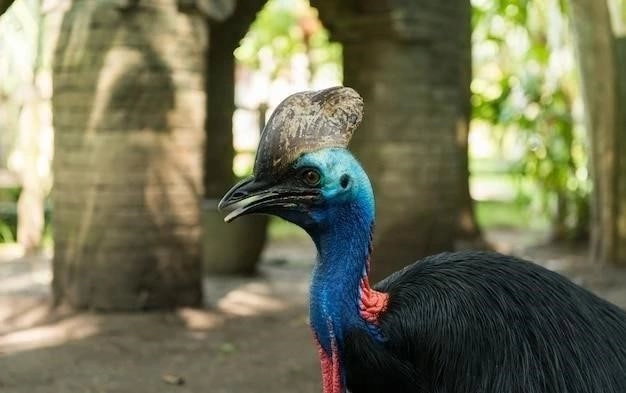
Once a pair bond is formed, the female lays a clutch of glossy, green eggs in a nest built by the male on the forest floor. Incubation duties fall solely on the male, who diligently guards the nest and incubates the eggs for around 50 days. Once hatched, the male continues to care for the chicks, fiercely protecting them from predators and teaching them essential foraging skills.
Shy but Defensive:
Cassowaries are generally shy and avoid contact with humans. However, if threatened or cornered, they can become extremely aggressive and dangerous. Their powerful legs and sharp claws make them formidable adversaries, capable of inflicting serious injuries. It is crucial for humans to maintain a respectful distance and avoid provoking these birds in any way.
Understanding the behavior and social structure of cassowaries is essential for their conservation. By appreciating their solitary nature, respecting their territorial boundaries, and promoting responsible interactions, we can contribute to the long-term survival of these magnificent and enigmatic rainforest inhabitants.










